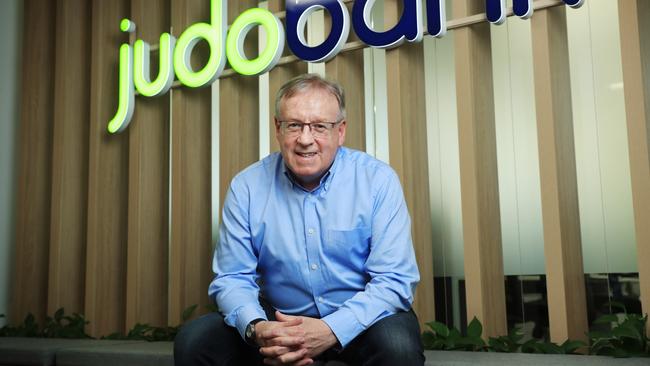The fallacy that all small banks are disadvantaged

There is much commentary associated with the blocked ANZ/Suncorp merger – which is now under appeal – that small banks are naturally disadvantaged.
This a fallacy.
People often assume that the bigger banks benefit from economies of scale and buying power in areas such as technology and in hiring scarce resources.
Commentators point to a key efficiency measure called the cost-to-income (CTI) ratio, which is stubbornly in the mid 50 percentage points – if not higher – for most smaller banks and in the mid 40 percentage points for larger banks. This ratio is an important determinant of a banks profitability and the all-important Return on Equity (RoE), which for the smaller banks is currently below their cost of capital and for the larger banks is above their cost of capital.
Investors thus prefer larger banks for this reason and that explains why the major banks are valued by the market above the book value of their equity, whereas the regional banks have been trading below their book value.
This is equally true for Judo Bank, one of the so-called “neobanks” that I co-founded and run, as CEO.
In a banking industry where revenue growth is going to be challenging in the short to medium term and cost pressures will not abate, the prognosis for smaller banks is not encouraging.
Accordingly, there is a growing chorus that the small banks are disadvantaged, and the only solution is to merge and hope for better economies of scale.
Another fallacy!
Big is not necessarily better, and it is important to recognise that industry giants are not always what they seem on the surface.
Large banks, having industrialised the way they operate, struggle to provide great customer service, so they have become increasingly defined by products rather than service. Like the biblical villain Goliath, they promote size as a strength yet lack speed, agility, and vision – confusing their desire to act with their capacity to do so.
The CTI measure is misleading as it says nothing about the quality of costs. How much, for example, of a bank’s cost basis “touches the customer” when the demands for funding the complexity of size and bureaucracy of legacy is so great? My estimate is that less than 25 percentage points of a large bank’s operating costs “touch the customer”. This is in part because of the scale of the internal bureaucracy, which like bad cholesterol in the body clogs up the arteries of these organisations. The challenge for smaller banks is to avoid the trap of being nothing more than a “mini-me” Big Bank. They are, as Michael Porter famously argued, “stuck in the middle”; neither a low-cost operator nor differentiated in a meaningful way.
By being a “mini-me” some smaller banks are in a contest that they can never win. To succeed, they must change the way they play and be crystal clear on how they can win in the banking game.
The success of Judo Bank illustrates what can be done to change the game.
Designed from a blank piece of paper in 2016, we chose to make Judo a specialist bank playing only in the SME market; a market that has been poorly served by traditional banks, which had industrialised and productised their business models. Judo’s thesis then, and now, is that specialisation is superior to being a generalist.
David beat Goliath by understanding the giant’s weaknesses and exploiting them – and in doing so reframed the contest and avoided competing with Goliath on his own terms.
In banking, size and complexity can be diseconomies of scale compared to a nimbler, more agile competitor, where the power of specialisation and the emphasis on a great customer experience deliver superior outcomes.
Judo is on a clearly mapped out journey to scale, with its CTI now in the low 50 percentage points, down from 76 percentage points in 2022, and on a path to 30 per cent in the medium term.
That Judo is on a clear flight path to a RoE well above cost of capital is clearly set out.
Small size can be a huge advantage, not a disadvantage in a service business. The core underlying problem is one of business model, culture and strategy; or how and where small banks choose to play and win. Being a “mini-me” will never deliver superior performance because it is disadvantaged by scale.
The fallacy that smaller banks are disadvantaged is a conclusion based on them being “stuck in the middle”, but that is not true of all small banks. But being a “mini-me” is a strategic choice smaller banks make, largely path-determined by legacy and culture, but it need not define their future.
Joseph Healy is co-founder and chief executive of Judo Bank.


